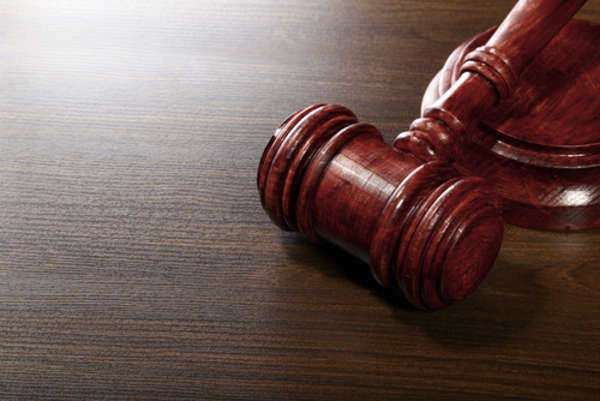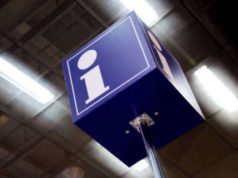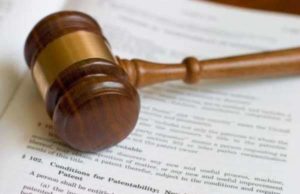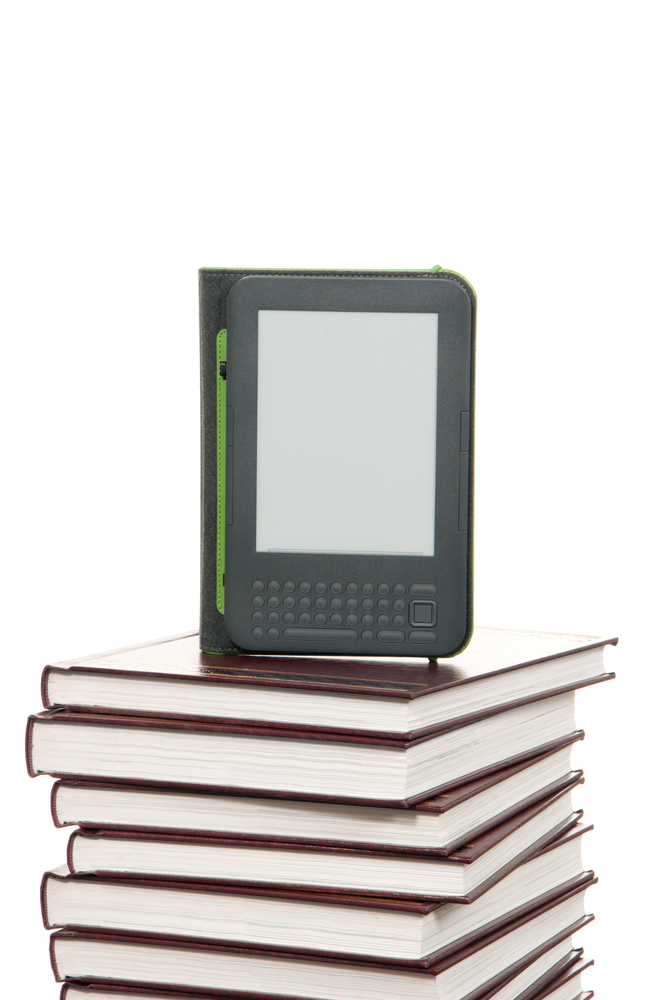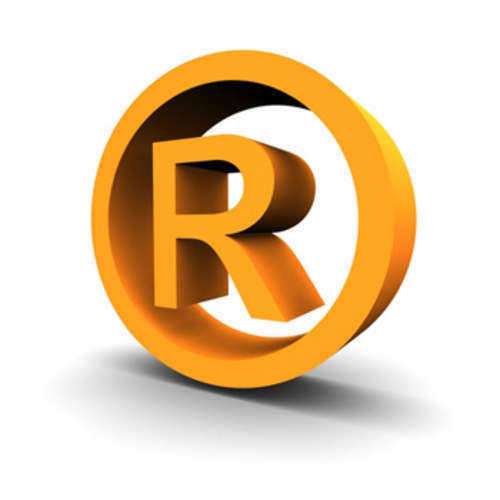
The overall purpose of the Patent Cooperation Treaty is to provide for a piece of mind to inventors that their creations are to be safe and protected under a system of international provisions and regulations. With this in mind, it is necessary to provide for a systemic approach to verify that international patent applications do not infringe on prior and existing patents. Similar to the examination process instituted by the United States patent laws, the PCT provides for an international patent search, which is necessary, particularly at the scope of an internationally protected patent. All international applications under the PCT provisions are subject to an international patent search to determine the if the innovation or invention is eligible for international protection.
The international patent search uses the claims provided in an international patent application as the foundation for the required examination and analysis of the device in question when comparing it among all other international patents. If drawings are included in the application, these will also be employed in the examination process as well. The patent searches are delegated to the International Searching Authority, which can be an authorized national or domestic patent office, or intergovernmental organization, such as the International Patent Institute. Their prime task is to search for any existing, if any, prior art that may relate, is relevant or similar to the invention in question. An International Searching Authority is approved by the Assembly of the PCT. Any patent office, or intergovernmental organization that meets the requirements of of the PCT may be eligible for approval.
The approval is conditional to the agreement of a particular national or domestic patent office, as well as the International Bureau. In certain instances, there can be more than one International Searching Authority within the jurisdiction of any particular national patent office. In such a case, the domestic office must then notify the Assembly which one is to conduct the international patent search, and is also subject to the approval of the Assembly.
International Searching Authorities are appointed for a set period of time, that can be extended with the approval of the Assembly. Before an appointment or extension of time can be allowed for an International Searching Authority, the Assembly must hold a hearing in which such organization may provide for reasons for such an appointment or extension. The Committee for Technical Cooperation may be consulted by the Assembly to help in the decision process. Once instated, the International Search Assembly will comply by the regulations and standards of the PCT and will establish for a conclusion as to whether or not a particular international patent application is to be approved.
If the Authority finds it that a patent in question does not comply with the requirements under the search process, or it is found that prior art exists pertaining to such a patent, the Authority will have to notify the applicant of the reasons why the application will be denied, as well as the International Bureau. The findings of an international patent search are known as an international search report. An international search report is only made when the application is to be approved after the international patent search process.
In certain cases, when the patent in question fails to meet the requirement of unity of invention, the Authority may request additional fees of the applicant to complete the application request. If the International Search Authority deems it that the application complies with all the imposed requirements under the Patent Cooperation Treaty, then an international search report will be made within the allotted time by PCT regulations. The report is relayed to the applicant as well as the International Bureau. The report will also reflect the appropriate language, and will be translated accordingly as allowed by provisions in the PCT.




